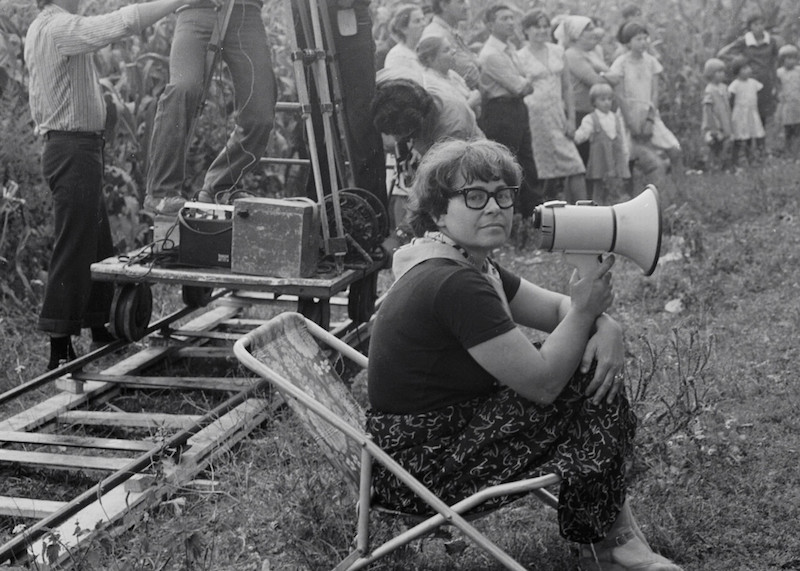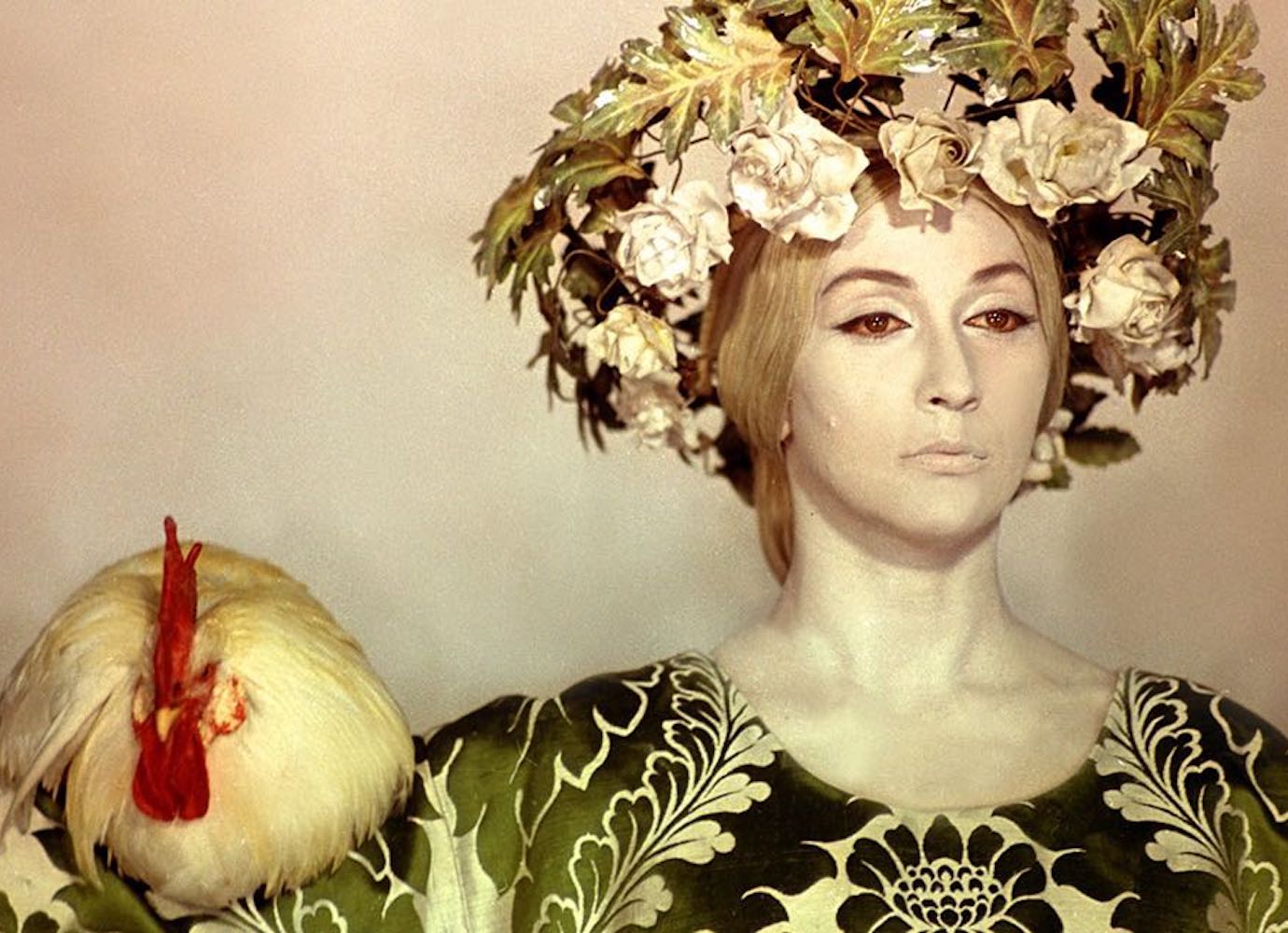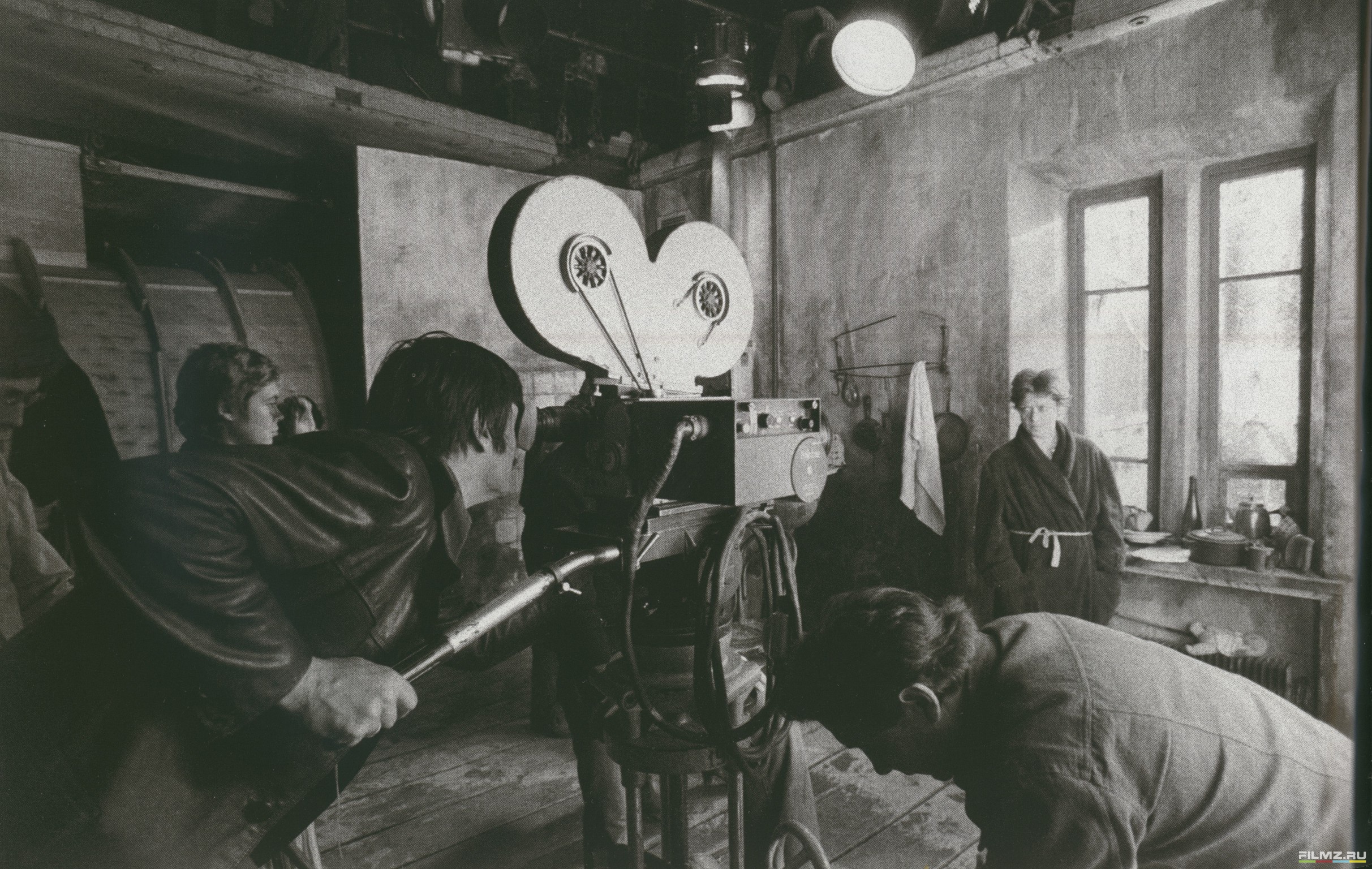Kira Muratova: where to start with her films
The oeuvre of Kira Muratova, one of the most prolific, singular filmmakers of the Soviet and post-Soviet scene, is visceral, fearless, and erratic. Outside of cinema connoisseur circles, her name will only just ring a bell as a post-perestroika filmmaker. Yet her unflinching, piercing films deserve a higher status in the canon: both to honour her daring talent, and to unearth her uniquely honest portrayals of societal ills otherwise rarely seen on screen.
Kira Korotkova — the last name Muratova is a remnant of her short-lived marriage with co-director Aleksandr Muratov — was born in the Romanian town of Soroca, present-day Moldova, in 1934. She specialised in directing at the Gerasimov Institute of Cinematography in Moscow before moving to Odesa, the Black Sea home where she religiously produced most of her films: in Russian, working with local studios and actors on surprisingly tight budgets. She lived there until her death in 2018.
Muratova was both a visionary born in the wrong place at the wrong time, and a creative genius born of her context. From her first steps in directing in 1961, she was a nuisance to the regime for her unyielding defiance of the draconian structures of socialist realism. Simultaneously, her erratic storylines, fragmented structures, disturbing use of sound, and grotesque characters always revolved around the corrupt, morally empty society of Brezhnevian stagnation.
Muratova was accused of excessive nihilism, nearing misanthropy. Although her films may not be subject to censorship anymore, they continue to threaten the fragility of human nature by poking into its flaws, and looking at the darkest side of humanity in the eye with humor and defiance. Delving into her absurdist oeuvre is part sociological study, part shock therapy, yet absolutely a must for those interested in cinema and taking an honest look at the world’s taboos.
The Asthenic Syndrome (1990)
The Asthenic Syndrome, Muratova’s 1990 absurdist masterpiece, is the unquestionable first step into the filmmaker’s mystical world. The film consists of two unrelated stories: in black-and-white fragments, a woman battles depression after the death of her husband, while a parallel polychrome plot shows a school teacher who falls asleep at the most inappropriate times due to an unknown illness. He is admitted into a hospital for the mentally ill, where he realises that the people around him are no different than those outside — reflecting Muratova’s own diagnosis of the Soviet Union as one giant, madhouse that had driven every citizen unofficially insane.
The Asthenic Syndrome became the only film to be banned in the Soviet Union during perestroika — the male and female full-frontal nudity was still far too scandalous for the authorities. Luckily this “obscenity” found a place at the 1990 Berlinale, where Muratova took home the Silver Bear — the special jury prize — and emerged from the shadows onto the international stage, paving the way for the 90s, her most prolific period. A film within a film, jittery, unstructured, and representative of both personal syndromes and collective apathy, Muratova’s masterpiece is a bewildering watch that will test your appetite for more of her works.
Brief Encounters (1967)
A cinematic tour of Muratova’s oeuvre must also travel back to her first solo directed feature, Brief Encounters, a provincial melodrama that already shows hints of the filmmaker’s unique, French New Wave-style stamp. Although this 1967 film takes us back 20 years, Brief Encounters was banned until the advent of perestroika, and was finally released not long before The Asthenic Syndrome. The storyline is universal — Valentina (played by Muratova herself), an inspector for the city water system, is married to Maksim, who has an affair with Nadia, a countryside girl who works at a bar. When Valentina hires Nadia as her maid, unaware of who she really is, all three find themselves in an inescapable love triangle. Yet the plot is not narrated chronologically: the encounters of the two women with Maksim are represented in flashbacks, constantly interrupting the chronological narrative that focuses on the women’s relationship to each other. The open representation of desire and adultery, the concept of free love and importance of sexual satisfaction was Muratova’s way of reclaiming emancipation for Soviet women. Yet both its experimental structure and revolutionary themes saw Brief Encounters suppressed at its time, and it remains largely neglected even today despite its significance in the filmmaker’s career.
Melody for a Street Organ (2009)
Muratova’s career was immensely prolific — she continued making films until the age of 78 — and her later works remain as relevant as her 20th-century films. Melody for a Street Organ, released in 2009, reflects Muratova’s perduring style but epitomises her take on modern society. The plot revolves around two children who escape an orphanage to find their long-lost father. Muratova deconstructs what is supposed to be a coming-of-age story, and, as the protagonists meet people from all walks of life, she portrays how children can behave like sensitive, reasonable grown-ups, while adults are reckless, spoiled, and immoral. As the film travels across social tableaux where morality has been abolished and conscience is obsolete, Melody for a Street Organ is an epic journey across political corruption and economic inequalities. While it can be a lengthy and demanding watch, it offers endless food for thought through its Dickensian plot, combined with a cynical made-by-Muratova take on contemporary society.
Three Stories (1997)
Rat poison, abandoned children, and cold-blooded murders are all key elements in the crowning jewel of this introductory journey to Kira Muratova’s work. After producing a few “tamer” films in the 90s, Muratova proved to be back in full form in 1997 with Three Stories, a cynical, disturbing look at modern society. The film consists of a triad of stories based on crimes committed for no reason: in the first, a man in a boiler room asks his friend to burn the body of a woman he’s just killed. Ofa is the protagonist of the longest, almost feature-length second story; stereotypically weak, she is a victimised woman who works in the archives of a maternity hospital, hating everyone. She especially dislikes the desperate mothers who abandon their children at the hospital — and, in an unexpected turn of events, she murders one such woman and uses a coworker as alibi. In the third story, a little girl murders her friendly, elderly neighbour with rat poison so that her and her mother can move into his room.
Three Stories is not an easy watch — it is visceral and uncomfortable, and requires a deep commitment to Muratova’s psyche. Yet its morbidity is not devoid of meaning, but rather a poignant criticism of human cruelty and a closer look at the raw, deep-rooted side of evil that is rarely talked about, much less represented on screen. Muratova did not make films to please — neither the Soviet authorities, nor the ego or sensibilities of her audiences — yet her cinematic genius and disturbingly honest portrayal of society, both collectively and at the individual level, are to be remembered and revered.


